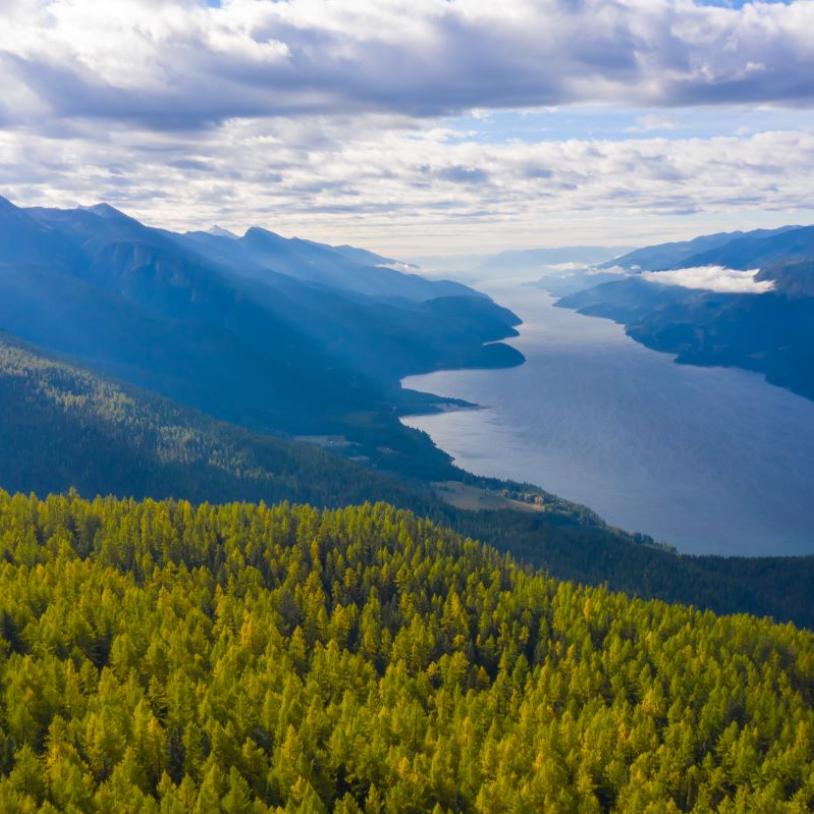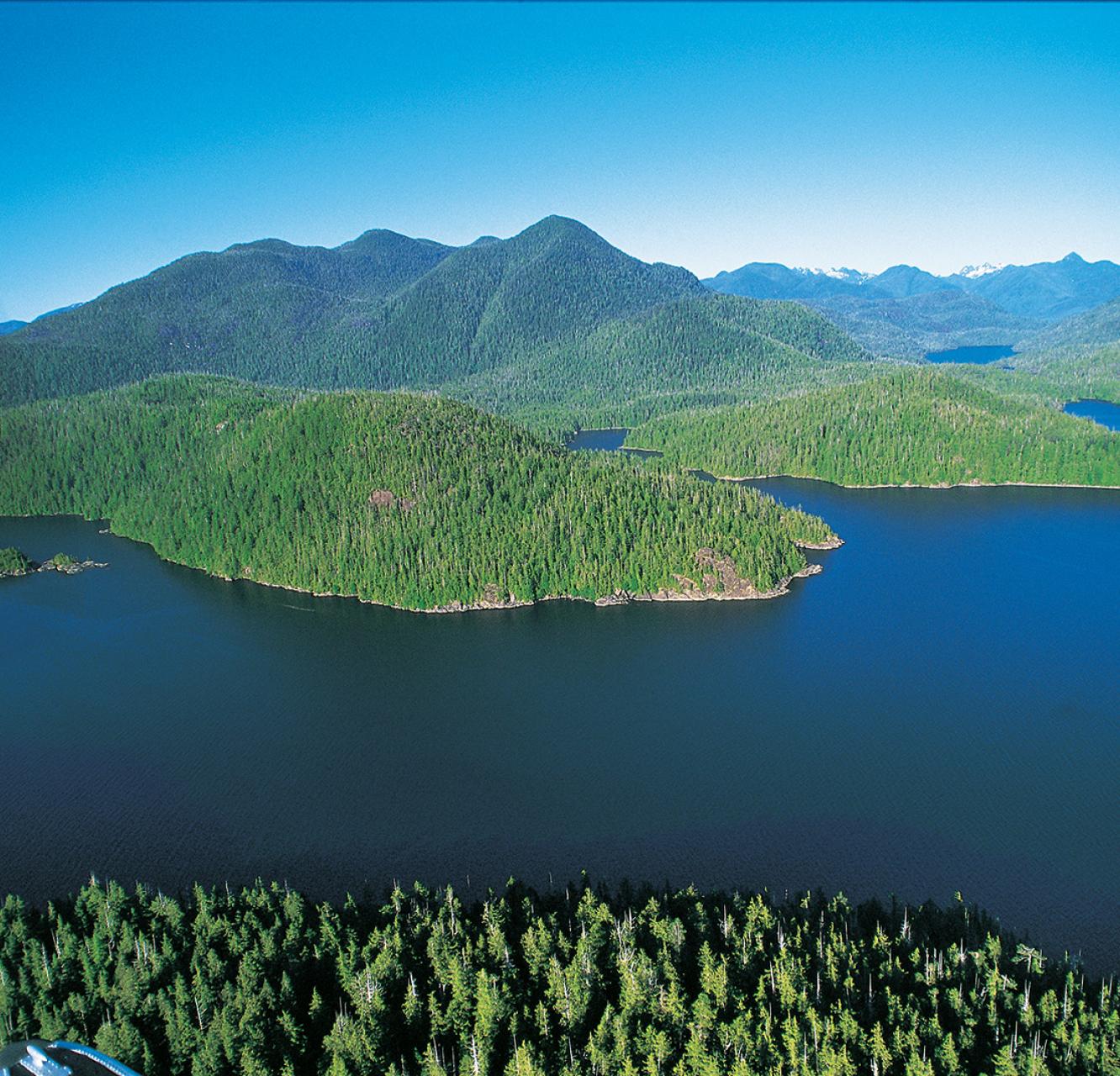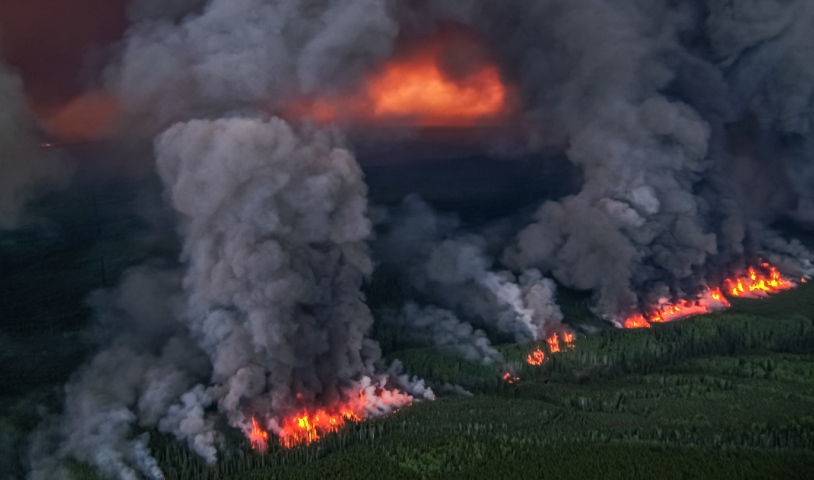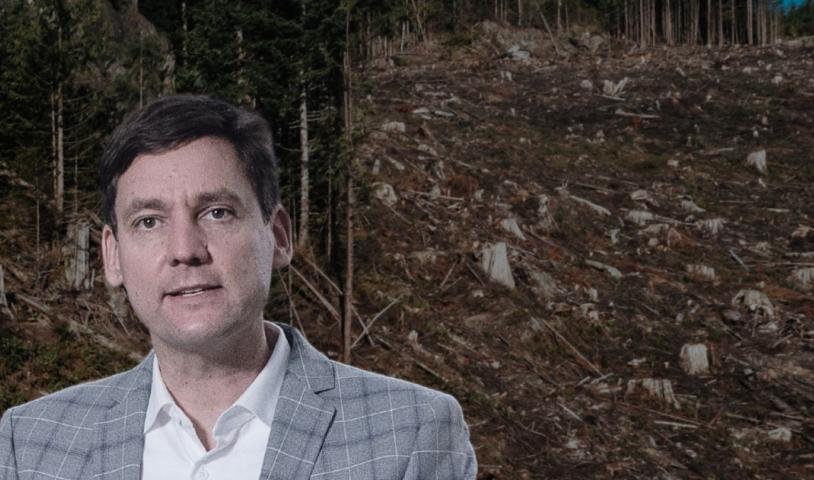Pipelines could cut through parks
Friday, November 15, 2013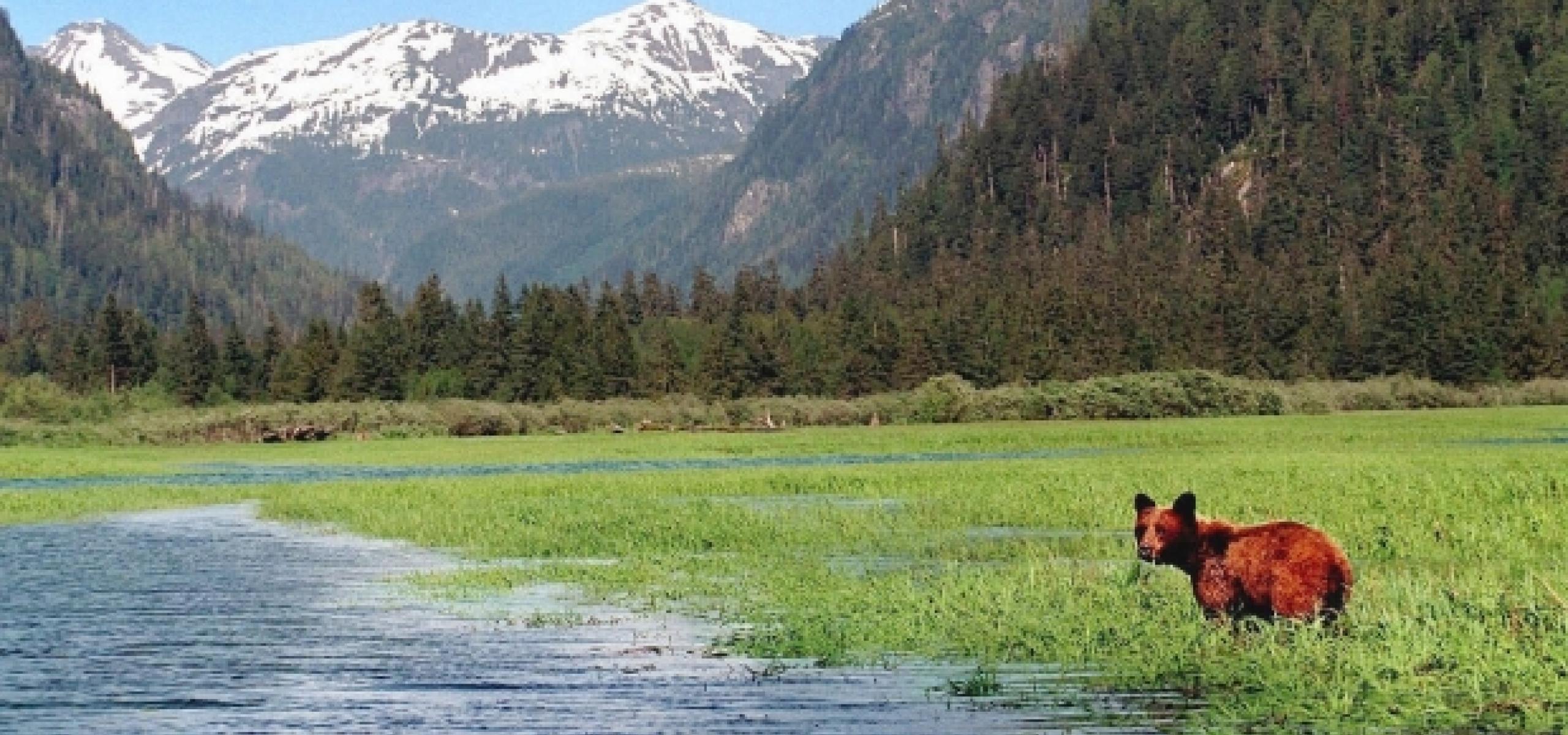
Government document sets out how to gain approval for boundary adjustments
A B.C. Parks document is raising the spectre of energy pipelines and transmission lines receiving government approval to proceed through provincial parks, protected areas and conservancies.
The document, dated June 2013 and titled Linear Energy Projects and Protected Areas, sets out how industry may obtain permission for boundary adjustments - even to Class A parks, the highest level of protection - provided a compelling argument can be made.
"If a project impacts a Class A park, the proponent should seek an alternative route," the document reads. "If no economically, environmentally or technically feasible alternative exists, government must decide, upon receipt of a boundary amendment application, whether to amend the boundary of the park to remove the land in question in order for the project to proceed. Most often, this requires an Act of the Legislature."
The document adds that "if sampling, disturbance of the soil, or other disturbance or destruction of a natural resource is contemplated, a park use permit is required. Proponents should make every effort to minimize intrusive research in protected areas."
Environment Minister Mary Polak did not reply Thursday to The Vancouver Sun's request for an interview.
The provincial government had been headed in this direction since at least 2004, when Gordon Campbell's Liberal administration approved its Provincial Park Boundary Adjustment Policy, Process and Guidelines. That policy allowed for amendments "on a case-by-case basis where there are compelling provincial economic, environmental and societal benefits that exceed preserving the integrity of the existing park boundary and values." The recent B.C. Parks document notes that certain protected areas established under the Environment and Land Use Act specifically provide for the construction of a road, pipeline or transmission line.
In the case of a conservancy, an industrial corridor must not "restrict, prevent or inhibit the development of the conservancy for the protection and maintenance of its biodiversity and natural environment, the preservation and maintenance of the social, ceremonial and cultural uses of First Nations, or the protection and maintenance of its recreational values." The document notes that the province is committed to no new uses in the North Coast and Central Coast conservancies until a management plan is completed. Under the plan, industrial corridors could also be permitted in Class B parks, provided it is not detrimental to recreational uses, and Class C parks with an amendment to the order in council establishing the park.
With at least 14 liquefied natural gas export proposals in the works for B.C., the potential for parks and other protected areas to be sliced up to accommodate industrial pipelines is alarming to environmental groups.
"It is part of the Liberals' policies to even sell out our B.C. Parks system and the public trust ... in order to facilitate their LNG economic development plans for the B.C. coast," said biologist Wayne McCrory, chair of the Valhalla Wilderness Society. "This document is intended to facilitate and guide gas pipeline companies to obtain park use permits (for) research for their proposed corridors through B.C. protected areas as well as aid the companies in the process of applying to have boundary changes ... to allow their construction to proceed."
Joe Foy, national campaign director for the Wilderness Committee, noted his groups will seek legal counsel as necessary to stop industry from making inroads into B.C.'s centuryold park system.
Foy noted that in 2002, protesters successfully fought a proposal by a logging company to gain road access through the western entrance to Manning Provincial Park to a timber site that is now a spotted owl protected area.
A private company sought a park boundary amendment to run a transmission line through Pinecone Burke Provincial Park to facilitate an extensive runof-river hydro project in the upper Pitt River, but the province rejected the proposal in 2008.
A decade ago, the province rejected the advice of the Fort St. John land and resource management plan and agreed to a request from the energy and mines ministry to allow an access road through Graham-Laurier Provincial Park in the northeast.
Raincoast Conservation Foundation said in its presentation to the Joint Review Panel on the planned Enbridge Northern Gateway Project: "Although the footprint of the proposed pipeline would avoid all protected areas in B.C., 21 parks (totalling 2,400 square kilometres) are located within 200 km downstream of the projected route," including some as close as 50 metres.
Kinder Morgan is also proposing to twin its existing Trans Mountain oil pipeline to Burnaby. The company received permission to twin its system running through Jasper National Park in 2008.
A Sun story published in September noted that a company proposing to build an LNG pipeline through a grizzly bear sanctuary near Prince Rupert had been warned twice about "nonpermitted access" to the environmentally sensitive area, and that B.C. Parks was investigating a third possible transgression.
A subcontractor of pipeline builder TransCanada Corp. received a verbal warning from B.C. Parks after the first incident in the Khutzeymateen Inlet Conservancy on June 16 and a written warning after the second on June 28, according to the provincial environment ministry. A third incident was under investigation. All three incidents involved helicopters and work crews.
Khutzeymateen Provincial Park was established in 1994, and two adjacent conservation areas - the Kwinimass Conservancy and the Khutzeymateen Inlet Conservancy - added in 2006. John Dunn, vice-president of TransCanada subsidiary Prince Rupert Gas Transmission Project, said at the time the non-permitted access incidents were all "inadvertent and not deliberate."
He added: "We take these types of incidents very seriously and they are not acceptable to TransCanada. We don't want something like this to ever happen again. We had procedures in place to ensure this didn't happen, but an incident did occur."
Dunn stressed it was still very early in the process and no decision had been made on exactly where a pipeline would be built.
"The environmental assessment process will begin this fall and there will be a number of open houses for public input," he said. "We are looking at a number of conceptual corridors."
No one from TransCanada or Prince Rupert Gas Transmission Project could be reached to comment Thursday.
Photo: Khutzeymateen Provincial Park
